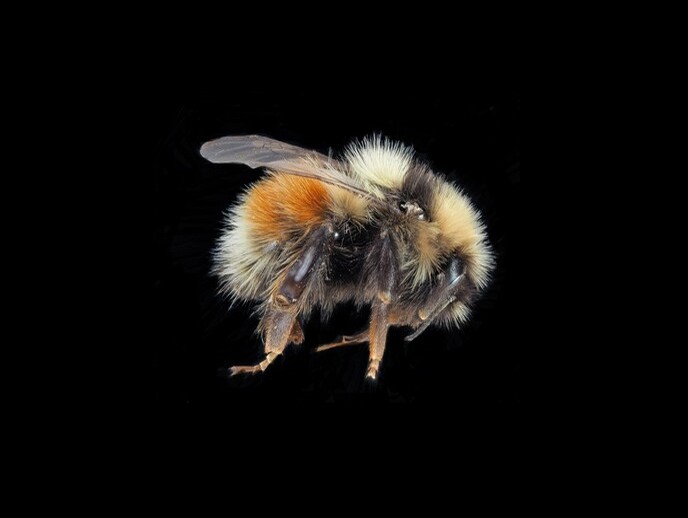Mangroves protect coastal environments
This vulnerability is reflected in growing concern regarding the future fate of threatened mangrove species as well as coastal communities and populations. Therefore, it is vital to understand the complex network of processes and feedback mechanisms that are behind the ecosystems' responses to environmental changes. The CREC(opens in new window) (Coastal research network on environmental changes) project investigated the responses of mangroves. It was made up of participants from the EU, as well as from Australia, Brazil, Mexico, South Africa and the United States. Mangrove swamps were studied as these wetlands are particularly threatened and are essential for coastal protection and as a habitat for many marine organisms. The consortium investigated adaptability in growth and reproduction in mangrove species and established a mangrove reference data base and herbarium(opens in new window). Results showed the importance of matching remote or weather station climate data with in situ conditions and that climate forecasts do not predict the expanding range of all species of mangrove. The two most important criteria for setting the range limits are temperature and aridity, which differ between mangrove species. Computer tomography and 3D analysis were used to study the evolution of the vascular system, which is capable of functioning under the extreme conditions experienced by mangroves. The Avicennia species of mangrove appeared to have a highly flexible vascular system, which could explain their wide geographical range. Mangrove crabs were also studied and it appeared that their semi-terrestrial nature made them less vulnerable to climate change than marine species. The crabs were also found to play a crucial role for carbon sequestration in mangroves through aeration of the soils. Scientists used computer models to forecast mangrove responses to alterations in abiotic conditions and identified key ecosystem services provided by mangroves (including coastal protection. The models supported the hypothesis that nutrient availability was the main driver for species dominance. Human exploitation was the key driver for mangrove degradation across the world; for example illegal harvesting, which does not allow sufficient time for recovery. Mangroves are universally important as providers of ecosystem services, but are vulnerable to over-exploitation. In addition, considerable differences between regions in their responses to environmental conditions and their vulnerability to long-term environmental change. This information will help conserve, rehabilitate and manage these threatened ecosystems.







